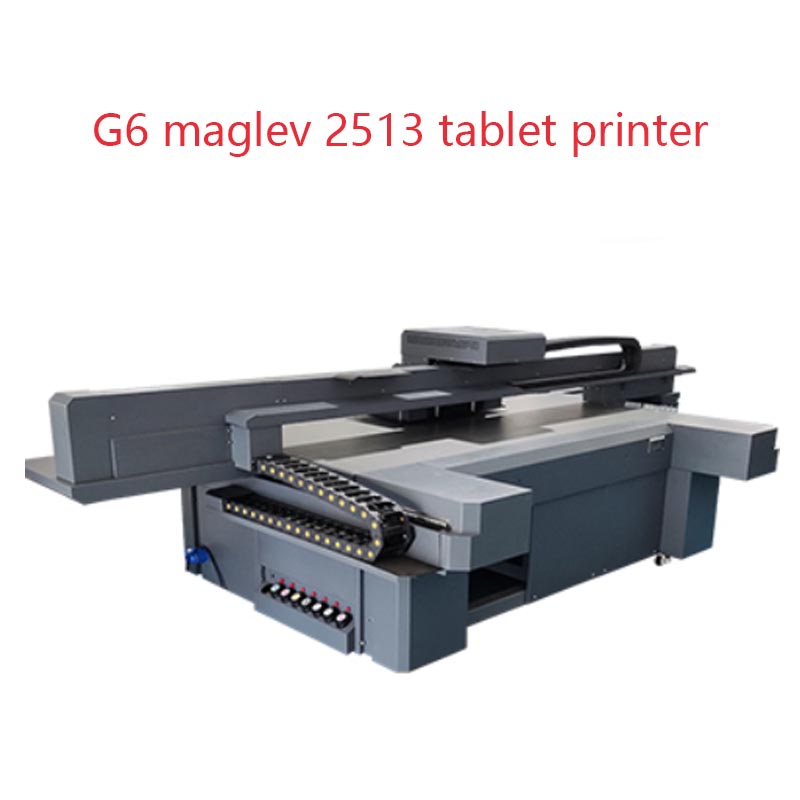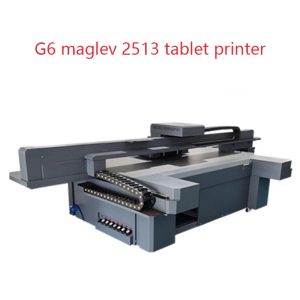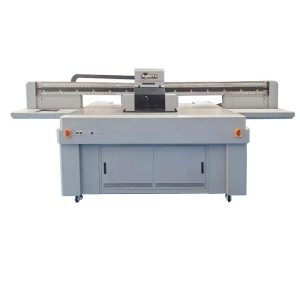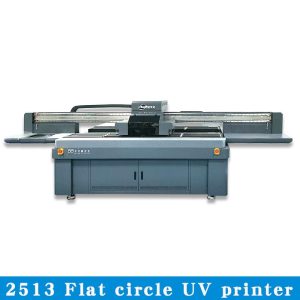A Brief Discussion on the Market Application of Digital UV Printers with Wood and Stone Grains
The elegant and healthy natural wood and stone patterns are deeply loved by the public in the application of home decoration and building materials. But with the shortage of natural wood and stone resources and the increasing prices year by year, natural texture veneers have emerged in demand. When it comes to the production of imitation natural texture finishes, the melamine paper lamination process, which is made by immersing in glue after gravure printing, is well-known. The emergence of digital UV printers has made the production of wood grain and stone grain finishes more flexible, more in line with the needs of aesthetic diversity and customization.
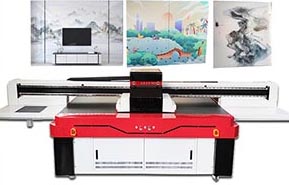
The production of traditional melamine decorative panels (hereinafter referred to as melamine panels) follows the basic process of gravure printing on the original paper, impregnation of the printed paper, and high-temperature pressing of the impregnated finished paper onto the substrate. The production process and industrial chain of melamine panels are already very mature. However, with the change in people’s aesthetic awareness, the design space of traditional wood grain styles is limited, and for manufacturers, a certain production volume must be achieved in order to ensure profits. Therefore, there are many similar styles on the market, which is why there is a personalized customization method, which is the production method of digital UV printers.
A Brief Discussion on the Market Application of Digital UV Printers with Wood and Stone Grains
In addition, with the increasing demand for the environment, people are becoming more sensitive to certain harmful substances such as formaldehyde. Due to the involvement of impregnation in the production process of traditional triamine boards, the vast majority of adhesives will release formaldehyde to some extent. The UV printer uses environmentally friendly UV ink without VOC emissions, so there is no problem of formaldehyde exceeding the standard. Currently, UV flatbed printers are still widely used in the market.
The HT3116UV flatbed printer adheres to the excellent manufacturing and assembly process of the classic 2512 model, making the printing of home building materials as stable as advertising processing without falling off the chain. Combined with the unique thin plate warping and leveling function, it better protects the nozzle to achieve more stable printing while ensuring accuracy and production capacity. The HT3116UV flatbed printer can achieve splicing printing of materials such as wooden flooring and baseboards, as well as non warping printing of large boards ranging from 2.44 to 3.05 meters. It is suitable for market samples of new decorative products and small batch customized printing.
A Brief Discussion on the Market Application of Digital UV Printers with Wood and Stone Grains
The HTA2500 equipment is more capable of mass printing production. In addition to printing baseboards, floors, wall panels, cabinet doors and other boards, A2500 can also meet the printing needs of roll materials such as leather, rubber floor mats, wallpaper, decorative films, etc. The A2500 is equipped with a higher Kyocera nozzle configuration scheme, achieving a maximum output capacity of 312 square meters per hour. A single A2500 can complete the printing task of four 2512UV flatbed printers, while reducing venue costs and the number of operators, making it more energy-efficient, efficient, and cost-effective. UV printers are high-end domestic brands. Please keep the original link when reprinting.

